

Max Davies
2026 Toyota HiAce review
4 Hours Ago
Mercedes-AMG edges closer to confirming the industry’s worst-kept secret: a plug-in hybrid version of the A45 AMG’s engine will power the next C63.

News Editor
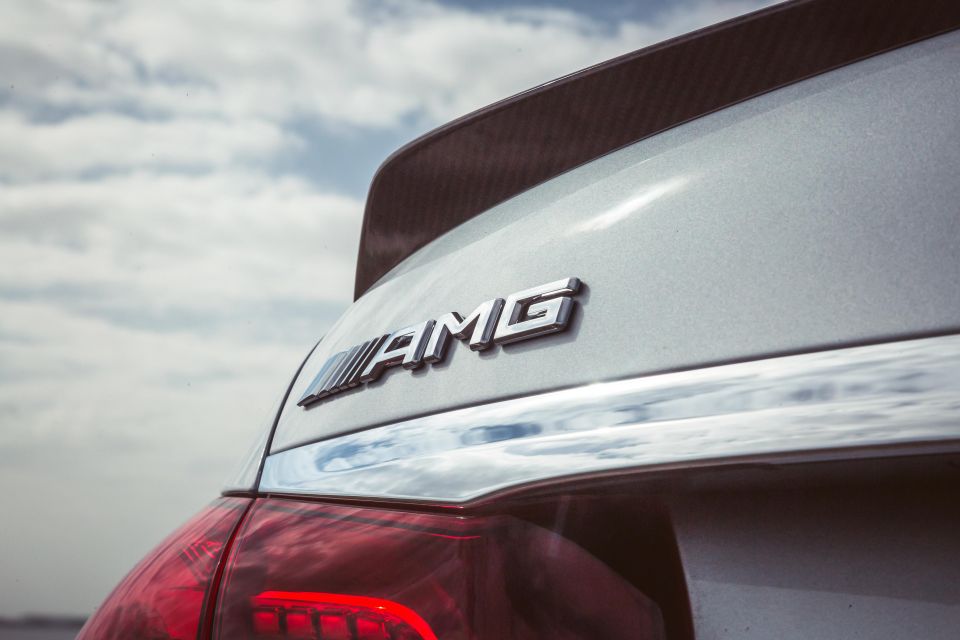

News Editor
Farewell, twin-turbocharged V8!
While Mercedes-AMG has released details of a plug-in hybrid V8 powertrain, it’s almost certain the 2022 Mercedes-AMG C63 will adopt a turbocharged, plug-in hybrid four-cylinder powertrain.
The company has confirmed it’s re-engineered the A45 AMG’s M139 2.0-litre turbocharged four-cylinder engine for longitudinal applications and will use it in the AMG C-Class range.
It’s been reworked and pumps out more power than before.
From a base of 330kW of power, the fettled M139 engine can be combined with an electric motor developing up to 150kW and 320Nm of torque, though combined power and torque figures have yet to be released.

The A45 currently produces 310kW of power and 500Nm of torque, while the current C63 S produces 375kW of power and 700Nm of torque.
Mercedes-AMG says the total power and torque from this new electrified powertrain will surpass current “comparable” models with non-hybrid V8 engines.
As in the upcoming V8-powered Mercedes-AMG GT73e 4-Door Coupe, the electrified C-Class will mate an internal combustion engine with an electric motor, a high-performance battery, and the AMG Performance 4MATIC+ all-wheel drive system.
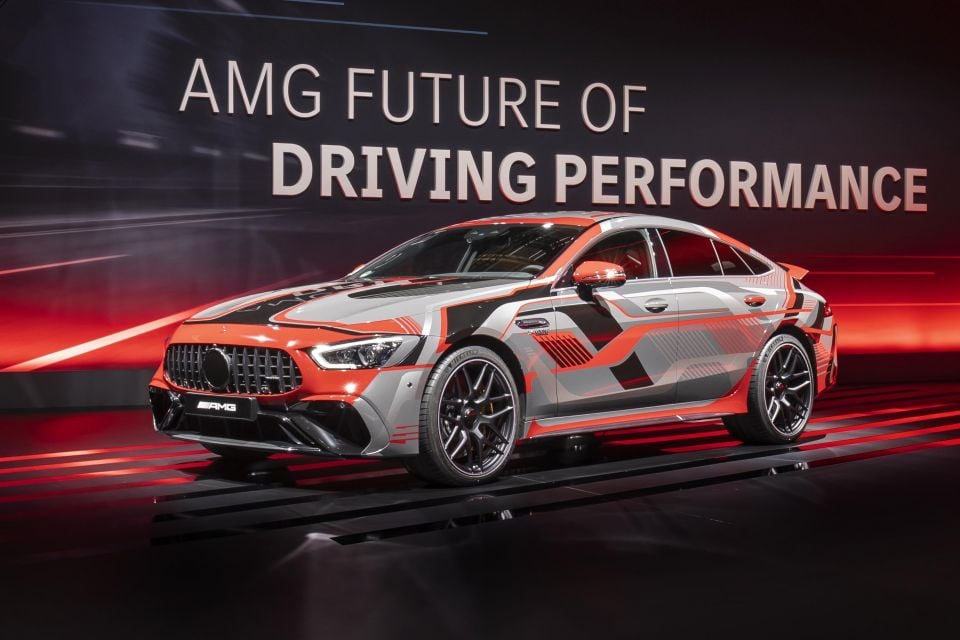
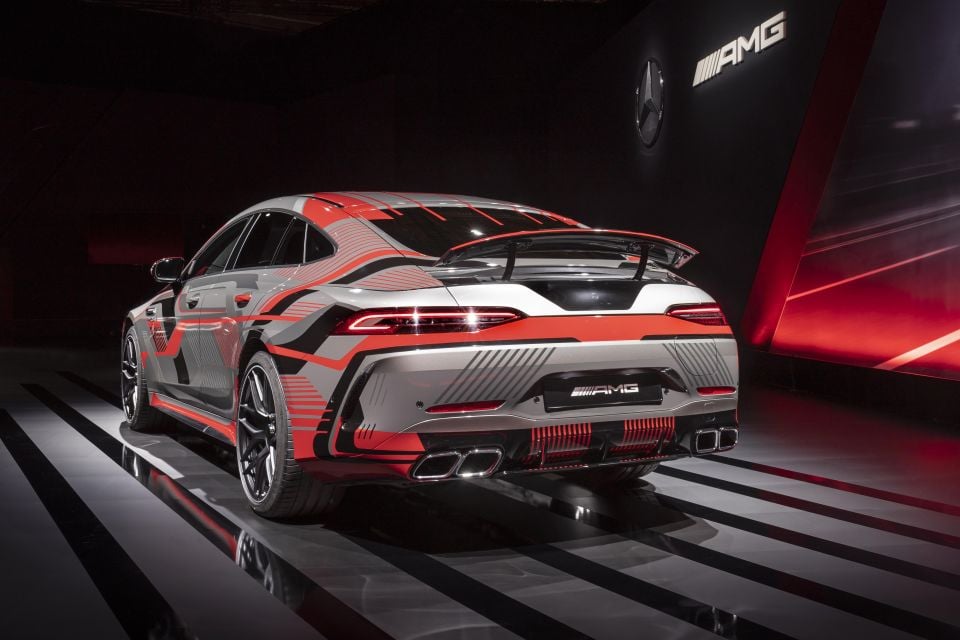
Mercedes-AMG calls this drivetrain E Performance, and depending on the combustion engine used the drivetrain can produce upwards of 600kW of power and 1000Nm of torque with a 0-100km/h time of less than 3.0 seconds.
In E Performance cars, the electric motor is positioned on the rear axle and is integrated with an electrically-shifted two-speed transmission and the electronic rear axle differential lock.
The lightweight battery is also located above the rear axle.
Instead of sending power through the nine-speed automatic transmission, the electric motor acts directly on the rear axle. The differential lock can in turn allocate the optimum torque to each rear wheel.
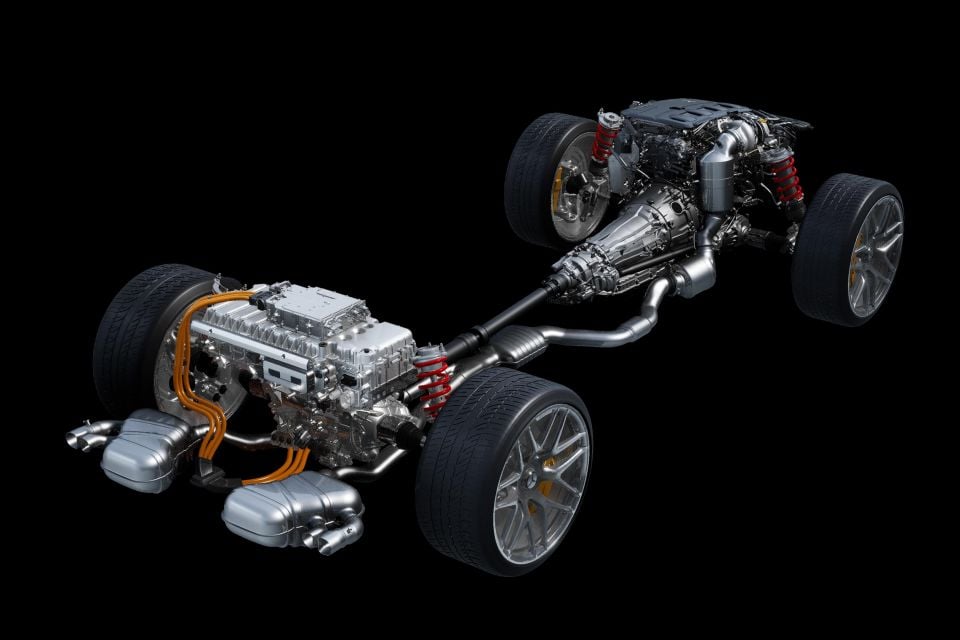
If slip on the rear axle increases, power from the electric motor can be transferred to the front wheels for a short time to increase traction.
The two-speed transmission’s electric actuator switches it to second gear at around 140km/h at the latest.
The 6.1kWh battery, which weighs 89kg, is said to use Formula 1 technology and has fast energy absorption and high power density of 1.7kW/kg.
The 400V battery features 560 cells, each cooled individually and permanently surrounded by a coolant based on an electrically non-conductive liquid.
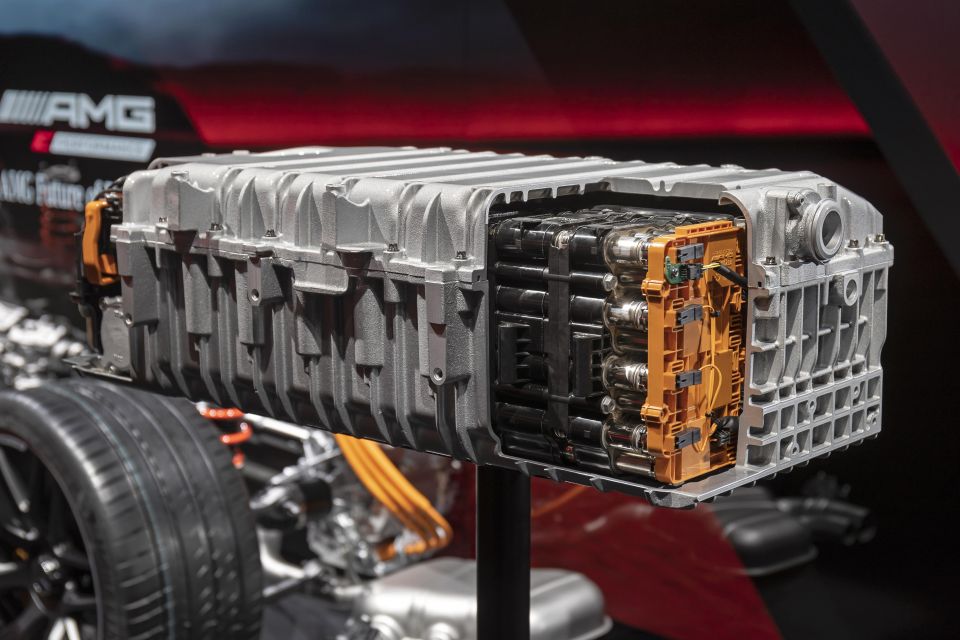
With the battery kept at a consistent temperature window of 45 degrees Celsius, the battery can retain its high performance capacity even during aggressive track driving.
Drivers can select between six drive modes: Electric, Comfort, Sport, Sport+, Race and Individual.
In Electric mode, the car can be driven purely as an EV at speeds of up to 130km/h and defaults to rear-wheel drive.
However, if the rear wheels lose traction, power from the electric motor is transmitted to the front wheels.
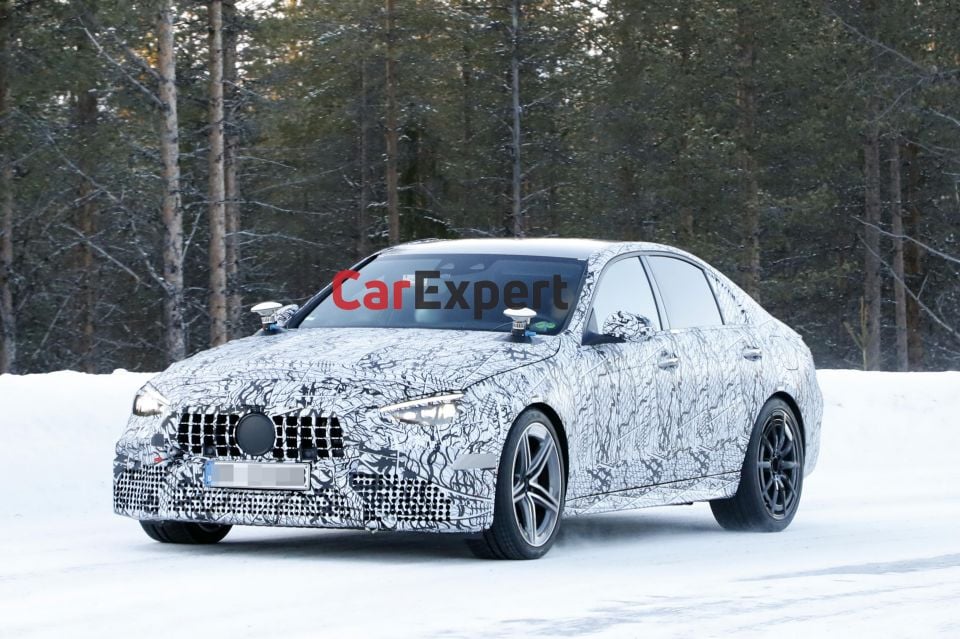

In Race mode, the car will take off using both combustion engine and electric motor power and the electric motor will continue to support the engine during hard acceleration.
There are also four AMG Dynamics modes, which alter the ESP settings, the all-wheel drive system, and the rear differential lock.
Basic is assigned to the Comfort and Electric drive modes, while Advanced is paired with Sport, Pro is paired with Sport+, and Master is coupled with Race.
The latter leans towards oversteer and can only be activated if you switch the ESP to Sport Handling Mode or switch it off entirely, and is therefore intended for track use only.

As Mercedes-AMG has previously announced, it’s developed an electric exhaust-gas turbocharger which uses Formula 1 technology and will also be used in the Mercedes-AMG Project One hypercar.
It uses a small electric motor integrated between the turbine wheel on the exhaust side and the compressor wheel on the air intake side, driving the compressor wheel before exhaust gas flow enters.
When engaged, the turbocharger achieves speeds of up to 156,000rpm, and can maintain boost pressure at all times – even when the driver takes their foot off the accelerator or applies the brakes.
Additionally, there are four levels of recuperation with the highest level affording one-pedal driving, plus a belt-driven, 10kW starter-alternator to keep auxiliary units such as the air-conditioning running when you’re at a traffic light.

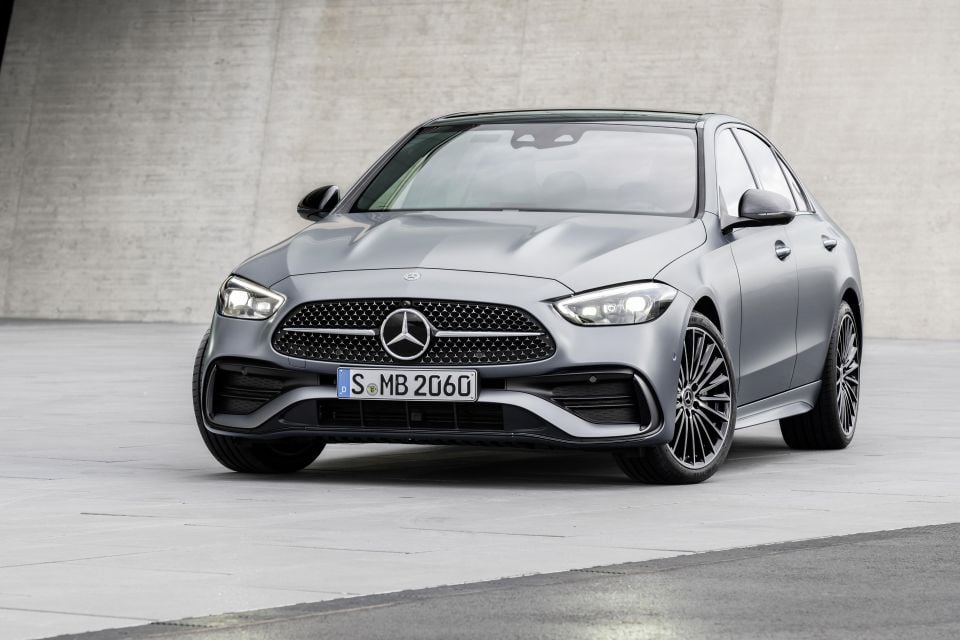
Between the regular C-Class and the hi-po C63, the upcoming C43/C53 is also expected to move to an electrified four-cylinder powertrain.
That means the entire C-Class range, from the tamest C180 to the spiciest AMG variant, will use four-cylinder engines for the first time.
Where expert car reviews meet expert car buying – CarExpert gives you trusted advice, personalised service and real savings on your next new car.
William Stopford is an automotive journalist with a passion for mainstream cars, automotive history and overseas auto markets.


Max Davies
4 Hours Ago


William Stopford
20 Hours Ago


Ben Zachariah
21 Hours Ago


Derek Fung
21 Hours Ago


Matt Campbell
1 Day Ago


William Stopford
2 Days Ago